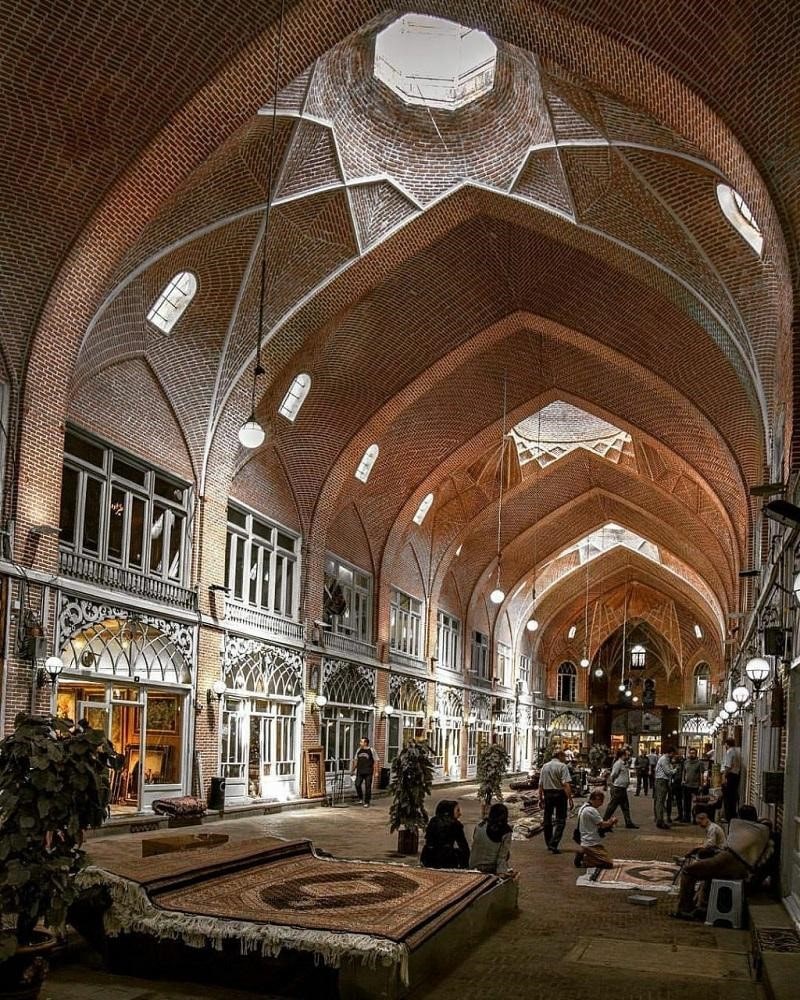
Tabriz Historic Bazaar Complex was inscribed on the list of Iranian UNESCO World Heritage in 2010. This traditional market is one of the most visited Tabriz historical attractions. No Iran tour package in the northwest of the country is complete without a visit to the Tabriz Grand Bazaar. The covered market of Tabriz is one of the oldest commercial centers in the Middle East and is considered the largest covered market in the world. Visiting this historical attraction with magnificent Iranian architecture will bless the eyes of tourists with traditional art and Iranian handicrafts.
Tabriz, the City of Master Artisans and Thriving Bazaars
Throughout history, Tabriz has been a leading city in industry and art. In the 13th and 14th centuries, Tabrizi artisans excelled at most industries of their time. The weaving industry flourished in this city in the form of dyeing, spinning, and weaving workshops. Carpet and rug weaving flourished in this city and orders were received from the East and West for Tabriz traditional handicrafts.
Ibn Battuta writes in his travelog: “Golden Khatai fabrics (Khata was a land in old Turkestan region), carpets, rugs, Atlas (satin), fur fabric, and robes were exported from this city to the east and west.”
In 1221 AD, when the Mongol army attacked Tabriz, the people of the city welcomed them with a considerable gift of silk fabrics and money, and thus, the city was saved from their invasion and potential destruction.
Located on the Silk Road, Tabriz was a center for trade with merchants from the east and west of the world. Markets were built everywhere in the city as the economic lifelines of the city. Uzun Hasan, the Aq Qoyunlu leader built a Caesarea, which Jean Chardin described: “This covered octagonal bazaar is considered one of the most beautiful markets in the East.” This market, which is one of the most beautiful markets in Tabriz, was set on fire by Ottoman forces in 1585. Kayseri Bazaar is still an important center for the trade of luxury goods and jewelry.
Ghazan Khan Bazaar and Rab’e Rashidi Bazaar are other famous markets of this city and among the Ilkhanid tourist attractions in Tabriz. These markets are a manifestation of the rulers’ efforts in building the bazaar and boosting Tabriz’s economy.
In the following centuries, despite earthquakes, political unrest, and continuous Ottoman invasions, commerce in Tabriz maintained its prosperity with the efforts of the craftsmen and merchants of Tabriz. The covered Bazaar of Tabriz is a manifestation of this economic resilience.
Tabriz, the City of Expansive Buildings
Tabriz Historic Bazaar Complex is the largest market in Iran. In the past, the city of Tabriz was a city of vast and expansive buildings. Two other examples of these buildings are:
- The tomb of Ghazan Khan, the Ilkhanid ruler, features the largest dome in the Islamic world in his era.
- Arg-e Alishah or Alishah Mosque, which is one of the largest buildings of the Ilkhanid era. It was considered the largest mosque in the Islamic world at that time after the Damascus Mosque.
Profile of Tabriz Historic Bazaar Complex
There is no exact information on the construction date of the Tabriz Historic Bazaar Complex, but there are buildings in this complex that date back to the Seljuk era and the 12th century AD. In the Safavid period, the Sadeghieh complex was added to the Bazaar. This complex included a new street market and a mosque. During the Qajar era, a Haram Khaneh (shrine), a barracks, and a royal citadel were built for the crown prince’s residence in the eastern part of the market.
Since the city of Tabriz is located on the main east-west trade route and the Silk Road, its market had a prominent position as the large economic center of a thriving city in the prosperous land of Persia. Throughout history, travelers and historians have mentioned in their texts what has always contributed to the popularity of the Tabriz Grand Bazaar was the abundance of goods such as fresh fruit, high-quality fabrics, precious stones, and jewelry.
After the Mongol prince Hulegu’s siege of Baghdad in the 13th century, the city of Tabriz flourished. In the 14th century AD, trade in this city prospered to such an extent that Marco Polo and Ibn Battuta mentioned this city as one of the richest commercial centers in the known world. In the 16th century and during the Safavid era, Tabriz became the center of attention as its bazaar also represented the national economy. The production of copper and leather goods increased. Weapons manufacturing and soap production also flourished.
In the 17th century AD, Shah Abbas I moved the capital from Tabriz to Qazvin. The market lost some of its significance but remained an important commercial center in the northwest of Iran at that time until today. Despite the establishment of numerous modern shopping centers and other commercial areas across Tabriz, many people still prefer to go to the Tabriz historic bazaar complex for shopping.
The devastating 1780 Tabriz earthquake caused a lot of damage to this city and its economy, as well as to the Tabriz Grand Bazaar. In the 19th century, the Tabriz Traditional Bazaar was flooded and heavily damaged as a result.
As we mentioned earlier about Iranian bazaars, these markets are not simply traditional shopping centers from the old days. These places are more than just a place for the people to shop. For example, Bazaars have played a definitive role in Iranian politics. They have been highly influential in the formation of Iranian religious, revolutionary, and economic movements. Bazaars are active communities teeming with life. This is the reason why the Constitution House of Tabriz, the center for the constitutionalist movement about a century ago, was located next to the Tabriz Grand Bazaar.
In the 20th century, when the Tabriz economy was revived, the Bazaar went through extensive reconstruction. The Tabriz Bazaar played a significant role in the 1979 Islamic Revolution of Iran.
Different Sections of the Tabriz Historic Bazaar Complex
Let’s take a look at different sections of the Tabriz Grand Bazaar. Each of these sections is a large complex consisting of several Caravanserais, warehouses, plazas, Serai, and chambers. The sections have gradually integrated, forming a series of shops that offer similar products. As a result, the best services are provided to visiting customers and merchants. At the same time, local shopkeepers can also provide, sell, and distribute products most efficiently.
Tabriz’s historical market has a more inclusive social organization than other traditional markets in Iran offering prosperity in trade, function, and social value.
Boloor Forooshan (Crystal and Glassware) Market in Tabriz Historic Bazaar Complex
The crystal and glassware seller’s market street (Ghiz Basti) used to be the best place to buy quality crystal dishware and glassware in Tabriz. Its chambers and serai include Ghand Forushan Timcheh (which used to be the sugar marketplace, now selling high-quality carpet tableaus), Mozaffarieh Timcheh, Badam Chi Ler Passage, Haj Sheikh Passage, Mirza Mehdi Passage, Mirza Mehdi Serai and Gerji Ler (Jorji Ler) Passage.
Haram Khaneh Market in Tabriz
Sa’adiyah Timcheh, Hashemiyeh Timcheh, German Serai, Saheb Diwan Serai, and the stone building of the former 8th police station are in the Haram Khane Market.
Amir Market
Mirza Muhammad Khan Amir Nezam, the son of Sheikh Ali Khan, the minister of Suleiman I of Persia, the Safavid king, and the grandson of Mir Akhor Sheikh Safi-ad-Din Ardabili, established this market. He came to Tabriz when Abbas Mirza was the crown prince and rose to the position of Amir Nizami with the support of Abbas Mirza.
Tabriz Historic Bazaar Glassmaker Market
In the past, this market used to sell crystal and glassware products, but today cosmetics and stationery are sold in its chambers. In this direction, there were two plazas named Haj Rasool and Mirza Ali al-Naghi, which Tabriz municipality demolished to build Shams Tabrizi Market and Park in their place.
Sadeghieh Market in Tabriz Grand Bazaar
Sadeghieh Bazaar has always been the best spot to buy all kinds of Tabrizi hand-woven carpets. Haj Rahim, Dalan Khooni (Bloody Passage), Shahzadeh commercial warehouse, Serai Dabaghian (tannery warehouse), Serai Dodari (two-door warehouse), Seyyed Hossein old warehouse, Shahzadeh small warehouse, and Seyyed Hossein warehouse are among the warehouses in this market.
Kafashan Bazaar (Shoemakers Market)
Tabrizi hand-made leather shoes are famous all over the country. Kafashan Market of Tabriz Bazaar is the center for the manufacture and supply of shoes. Shoe production workshops are located in the warehouses and passages of this market.
Among the most important Timcheh and Serai in the Kafashan market are Timcheh Omid, Timcheh Haj Abulqasem, Serai Omid, and Serai Haj Abulqasem.
Mosques in Tabriz Historic Bazaar Complex
Tabriz Grand Bazaar contains 17 mosques. There are no Takyehs in this bazaar, but the Muharram commemoration ceremonies are held traditionally nonetheless. After passing through alleys and corridors, the mourning groups reach the traditional market and mourn in Timchehs and passages. Mozaffarieh Timcheh is one of the main spots for the Muharram mourning assembly.
Among the most famous mosques in the market, we can mention Esmail Khaleh Oghli, Sahib Al-Amr, Haj Safar Ali, Ghizilali, Shahidi, Hojjat-ul-Islam, Seyed Taqi, Maqbarah, Dabbagh Khane, Eshraghi, Mufid Agha, Sadeghieh, 63 Soton and Jame mosques.
Jameh Mosque of Tabriz
Jameh Mosque of Tabriz is also known as Jom’e Mosque of Tabriz (Friday Mosque) and is the most important mosque in Tabriz Grand Bazaar. This building dates back to the Seljuk period. The mosque was registered on the Iran National Heritage List in 1931. This mosque is located on the southside of Talebiyeh Seminary School and at the end of Tabriz Market. In the beginning, this building had a single Iwan (a hall open on one side), and later it was converted into two Iwans. Its architecture is modeled after the Firoozabad Palace. Jameh Mosque of Tabriz was also heavily damaged in the terrible 1780 earthquake of Tabriz and then it was rebuilt during the Qajar period.
The huge Shabestan (prayer hall) of the mosque has arches and domes on top of brick octagonal columns. This Shabestan is the oldest part of this valuable historical monument. It seems that during the reign of Aq Qoyunlu (White Sheep Turkmen) in Azerbaijan, a high dome with various interesting decorations of mosaic tiles was built by the order and effort of Alamshah Halime Begum, the wife of Uzun Hasan Aq Quyunlu, and was placed in its northern section. Today, you can see the foundations of this dome and parts of its remaining tilework.
Historical School in Tabriz Historic Bazaar Complex
Among the historical schools and seminary schools located in the historical Bazaar of Tabriz, we can mention the schools of Talebiya, Jafariya, Akbariya, Sadeghieh and Haj Safar Ali.
Traditional Bathhouses in Tabriz Grand Bazaar
Traditional bathhouses were considered essential services in markets and were mostly located near mosques. Mirza Mehdi’s historical bathhouse near the Jameh Mosque is one of the magnificent bathhouses in Tabriz Bazaar. Currently, four bathhouses are operational in this market, which may close down soon due to the health standards of the East Azerbaijan health center.
Zoorkhaneh in Tabriz Historic Bazaar Complex
After the Zan Bozorg passage and beyond the Sadeghieh square, there is the historical Zorkhaneh of Gershasb Yal, which has now been converted into a restaurant.
Tabriz, the City of Poetry and Persian Constitutional Revolution
A trip to Tabriz can introduce you to the history of resilience and the spirit of freedom in Iran, especially the history of the Persian Constitutional Revolution. In addition to history, Tabriz’s famous art and industry are noteworthy and unique. In the Tabriz historical Bazaar complex, you can spend hours surrounded by magnificent Iranian architecture and see unique Iranian handicrafts. The flagship of Tabriz Handicrafts, with global recognition, is the Tabriz carpet or Tabriz rug. Tabriz Grand Bazaar is the best place to see this elegant and colorful handicraft. Tabrizi carpet weavers breathe life into silk and wool and turn them into works of art with unparalleled elegance.
If you are in Tabriz to visit the Tabriz historic Bazaar, make sure to check out the traditional tea houses of this market. The architecture, decoration, and style of serving tea in the teahouses and the long hookahs on all the tables make for spectacular scenery. Hookahs in traditional tea houses are not a new addition to attract the young generation and have existed in these shops since the distant past. The teahouses in the historical Bazaar of Tabriz set up their hookahs using authentic Iranian tobacco.
Where is the Tabriz Historic Bazaar Complex?
Tabriz Grand Bazaar is located between the streets of Darai, Shohada, Chaikenar, Motahari, Ferdowsi, and Jomhouri of Tabriz city. You can see the exact location below:
Frequently Asked Questions About the Tabriz Historic Bazaar Complex
If you did not find the answer to your question here, ask your question in the comments section at the end of this post. We will answer it as soon as possible.
What is the reason for the existence of a caravanserai next to the Tabriz Grand Bazaar?
In the old days, commercial caravans that came to Tabriz for trade rested in this caravanserai. In addition to resting in the rooms and chambers of this caravanserai, the caravans would sell, exchange, and buy goods there.
Is the Tabriz Historic Bazaar Complex still active?
Tabriz Historic Bazaar is one of the active traditional markets in Iran in the historical neighborhood of this city. This market, with its variety of goods, is where many people make their daily purchases from its shops.
Who built the Tabriz Grand Bazaar?
There is no exact information about the date of construction of this market. This market has been damaged and rebuilt many times throughout history due to reasons such as earthquakes, floods, and invasions in various wars. However, about 300 years ago, Najaf Gholi Khan Donbali, the ruler of the city at the time, rebuilt the market in its current form after it was destroyed in the 1780 earthquake.
Has the Tabriz Historic Bazaar Complex been renovated?
Tabriz Grand Bazaar has been renovated many times in the past years and different historical periods. The latest renovation project attracted a lot of attention, and In 2013, it won the “Aga Khan Award for Architecture”.



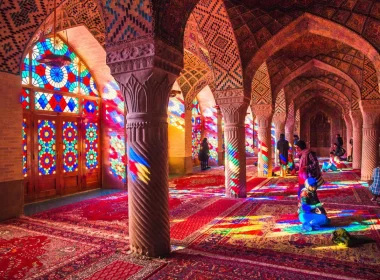


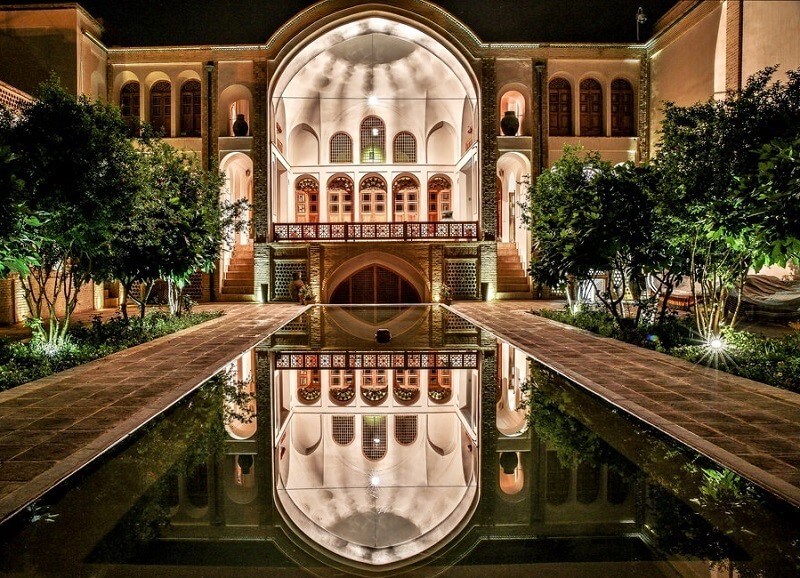
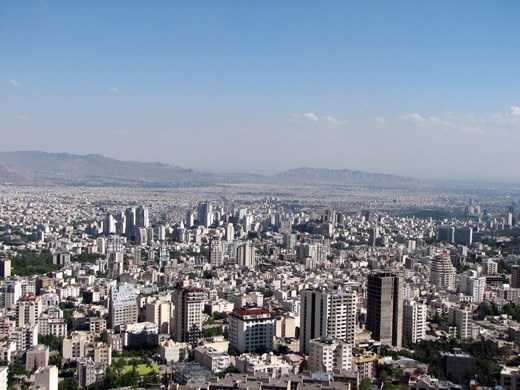
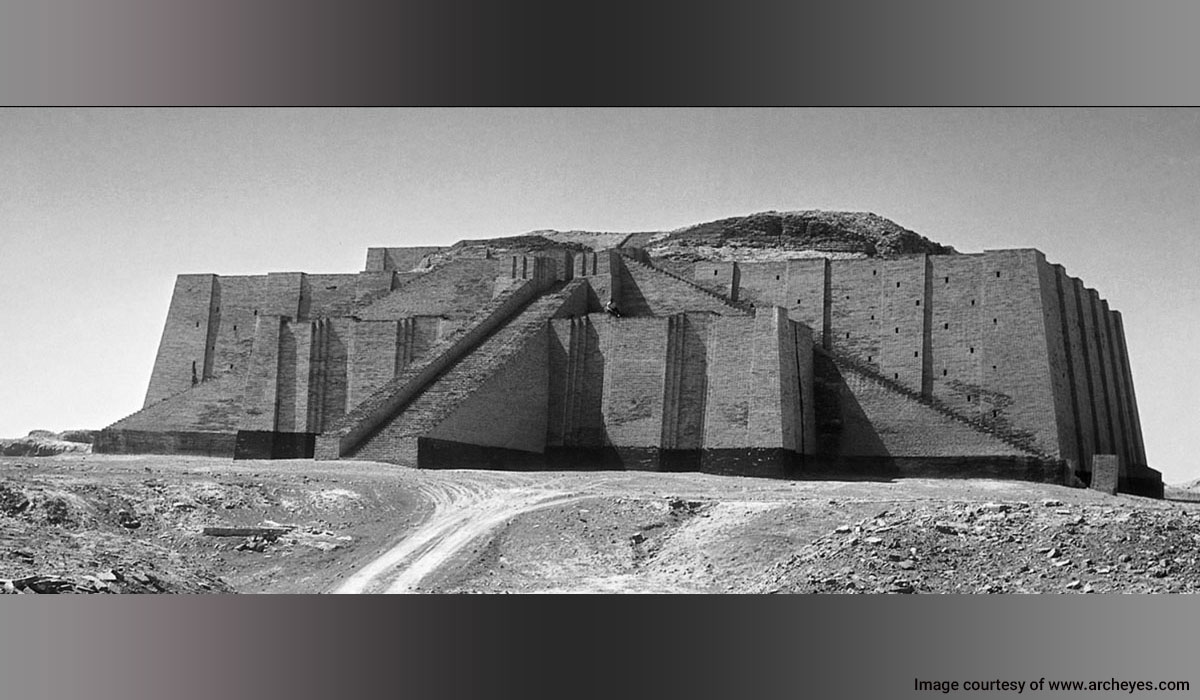
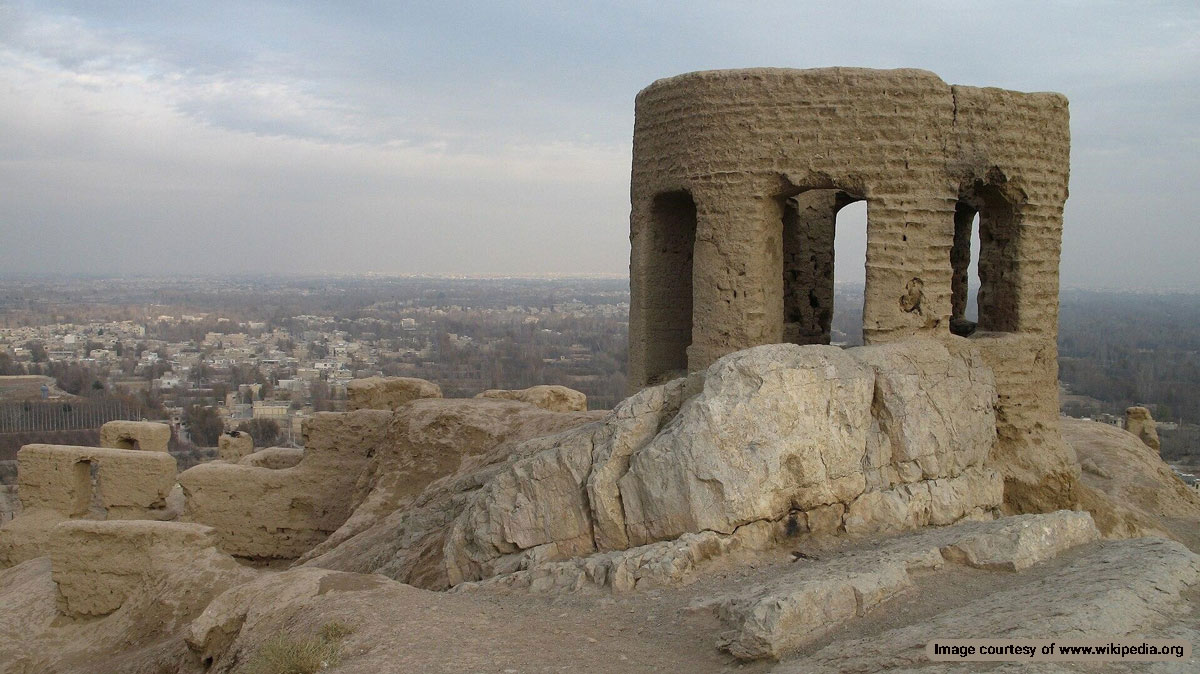
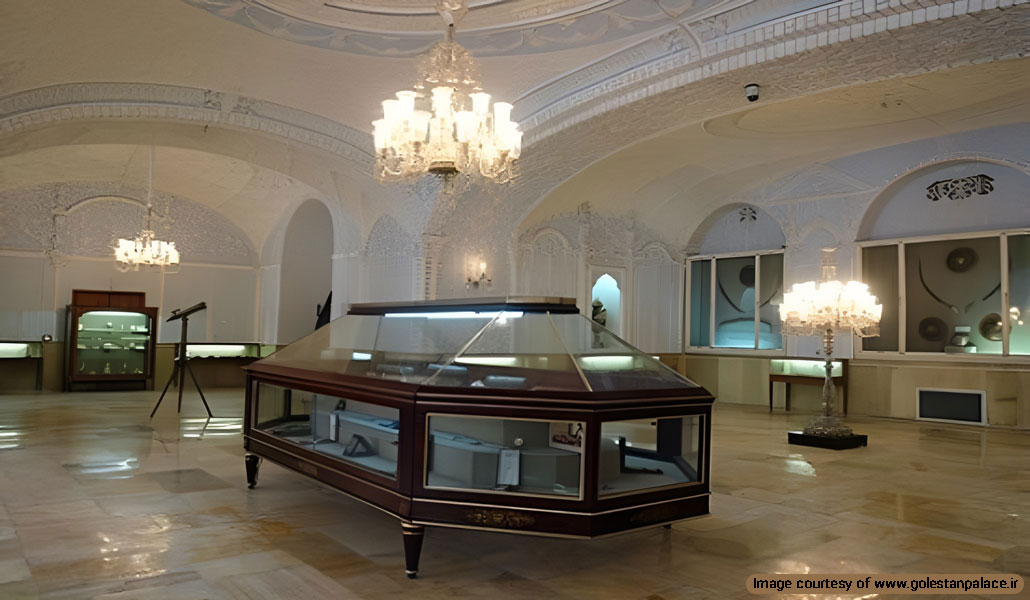
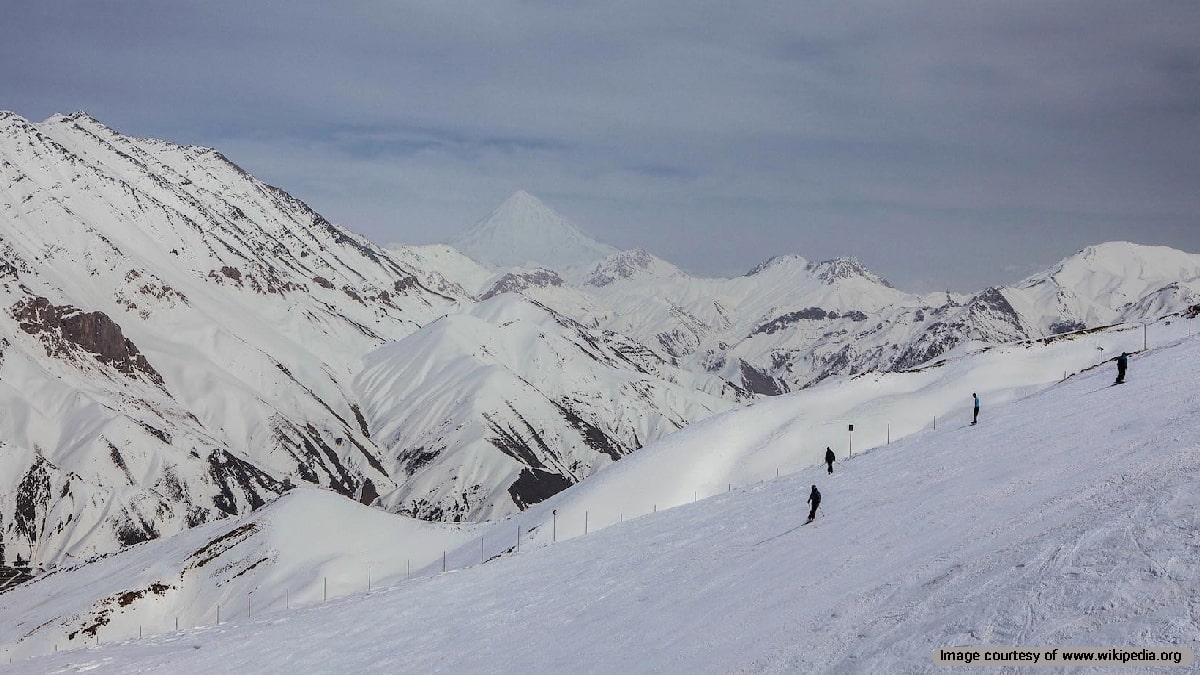


What a great and beautiful bazaar. I love bazaars and flea markets, It is fun to go on the “hunt” for something unusual that you can’t find in regular stores. I happen to love jewelry and most bazaars have jewelry that is hand crafted by the owners of the booths.Would love to visit the Tabriz Bazaar but, alas, don’t think it will happen.
Thank you Jeannette for your comment. Yes, bazaars are interesting places to explore and handcrafted items could turn to be quite unusually fascinating.